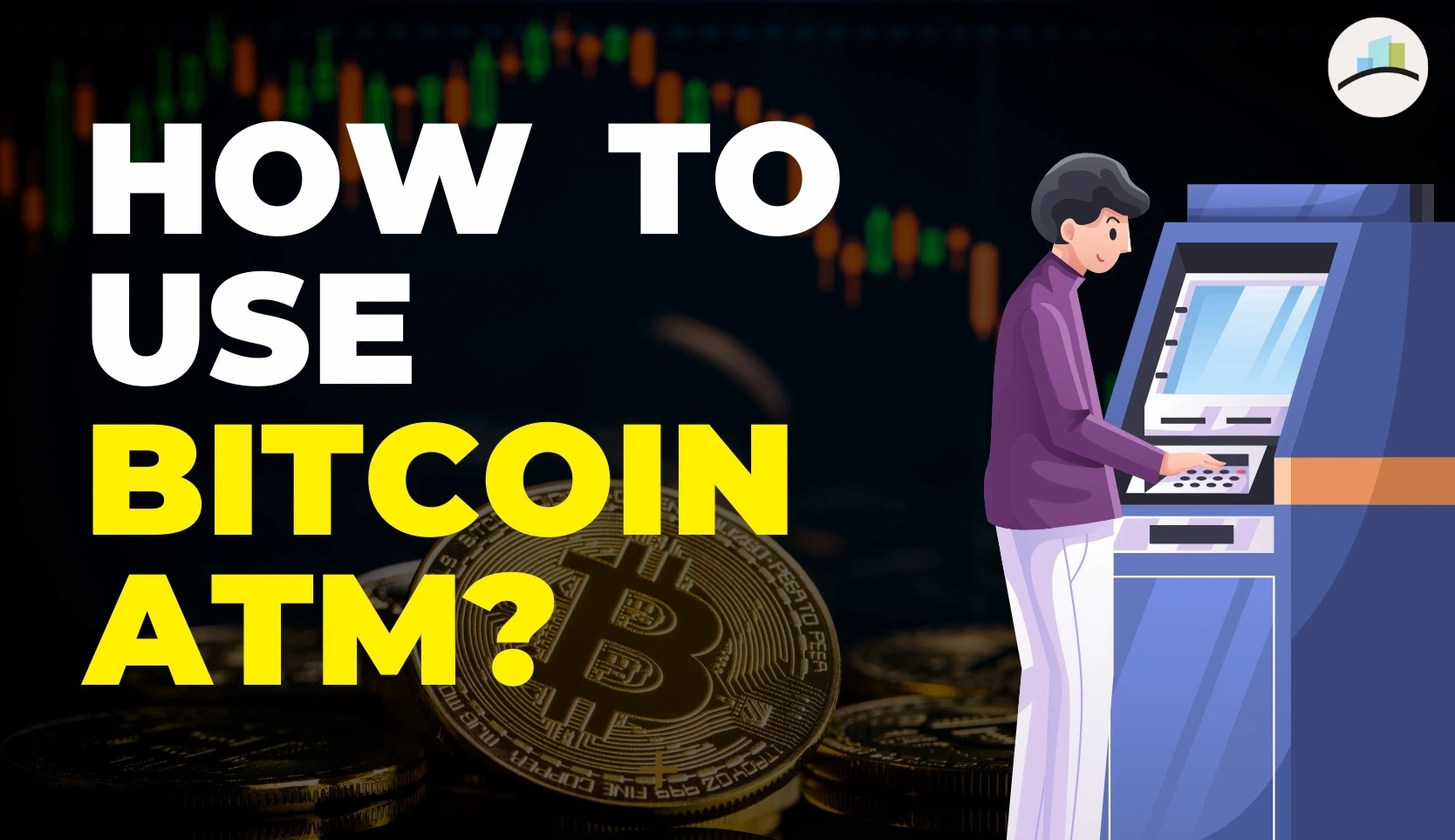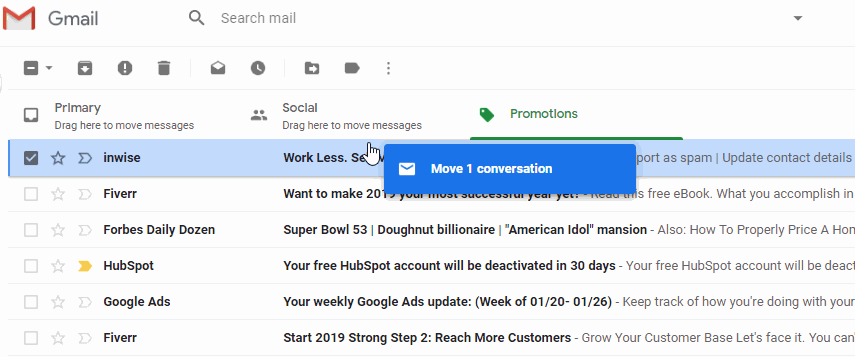Think of a Bitcoin ATM, or BTM, like a regular cash machine you see at the bank. The key difference is that instead of just giving or taking regular money, it lets you buy Bitcoin with your cash or debit card. Some BTMs also allow you to sell your bitcoin for cash.
Even though Bitcoin ATMs look like regular ones, they work a bit differently. Instead of being connected to a bank, they link to a Bitcoin wallet. This wallet is like a digital pocket where your bitcoins are stored or taken from when you use the BTM. Some Bitcoin ATMs may look exactly like normal ATMs because they are regular ATMs with special software just for handling Bitcoin.
History of Bitcoin ATMs
Bitcoin ATMs, or BTMs, started in 2013. The first one opened in Vancouver, Canada, at Waves Coffee Shop. Europe got its first BTM in Bratislava, Slovakia, on December 8, 2013, and the United States got its first in Albuquerque, New Mexico, on February 18, 2014.
Bitcoin ATMs faced challenges regarding regulations, and it was decided they should follow the same rules as regular ATMs. This includes limits on deposits and withdrawals. Users may need to provide a phone number for verification and scan a government ID.
Currently, there are about 28,000 Bitcoin ATMs globally, with a majority in the United States. North America holds almost 90% of the market share. Genesis Coin and General Bytes are the top manufacturers.
You can find Bitcoin ATMs in cafes, specialty shops, and transportation hubs. Business owners interested in having a BTM can make a deal with a provider like Genesis Coin or General Bytes, who will take care of the installation.
How to Use a Bitcoin ATM?
Below are the typical steps for exchanging your fiat currency for Bitcoin using a Bitcoin ATM. In short, here’s how to buy Bitcoin from a Bitcoin ATM:
Step 1: Insert your phone number
Bitcoin ATMs require identity verification. You are usually asked for your mobile number to get a verification code before proceeding with your transaction.
Whereas Bitcoin ATMs used to be big on anonymity, nowadays they need to be compliant with Know Your Customer (KYC) and Anti-Money Laundering (AML) regulations.
According to the law, all BTMs must have some type of identity verification, such as scanning a government-issued ID or providing a phone number.
Step 2: Verify your identity
After submitting your phone number, you will now have to verify your identity. You can do this by waiting for the verification code that the BTM will send to your number via text message. Then, you have to input that exact code into the machine you are using.
You will then get a prompt that says, “Your code is 7654321. Thank you,” or a variation of such. BTM manufacturers incorporated this step to deter people from inputting fake phone numbers into the BTMs.
Step 3: Scan your wallet for a QR code
If you’re using a Bitcoin ATM, it’s highly likely that you already have a Bitcoin address. This is where the actual BTC will be sent.
Before using a Bitcoin ATM, you need to have a Bitcoin address. This is where the machine will send the actual BTC. If you don’t already have one, there are a couple of ways to get a Bitcoin public address:
- Using a paper wallet
- Using an application
- Using an address on an exchange
That being said, what’s important is your QR code. This represents your Bitcoin address, so you’ll have to scan it to let the Bitcoin ATM know where exactly it has to send your BTC. Note that BTC ATMs support multiple wallets. So, it’s best to check with your wallet provider if you’re unsure.
Step 4: Insert your fiat currency
Now, you’ll simply need to insert how much you want to exchange for Bitcoin. Much like a conventional ATM that accepts cash deposits, you just need to place your money inside the machine’s designated receptacle.
The machine will then let you know how much its value is in terms of Bitcoin. For example, if you insert $400, you will see a prompt that looks like this: USD 400 = 0.0095 BTC.
Step 5: Confirm the amount and complete your transaction
Bitcoin ATM fees
So, how much does it cost to use a Bitcoin ATM? As we discussed, Bitcoin ATM fees remain quite high despite the increasing popularity of BTMs. Typical Bitcoin ATM fees are at 10% to 15%. However, they can go as low as 7% or as high as 25%.
If, for example, you’re buying $800 worth of Bitcoin with a $10 average buy fee, you will receive $720 worth of bitcoin and pay a fee of $80. That’s quite significant.
On the other hand, let’s say you’re selling $1,000 worth of bitcoin at a 7% sell fee. This means you will only receive $930 of your fiat currency and pay a fee of $70 for the transaction. Again, it’s quite a significant chunk of money.
The way around this is to research before going to a machine near you. That way, you can pre-determine which machines have the lowest fees.
Types of Altcoins Supported by Bitcoin ATMs
Although they are called Bitcoin ATMs, most of these machines support transactions involving other altcoins. This means that you can use them to buy or sell other cryptocurrencies aside from Bitcoin.
Altcoins supported by Bitcoin Teller Machines:-
- LTC - Litecoin
- ETH - Ether
- DOGE - Dogecoin
- BCH - Bitcoin Cash
- DASH - Dash
- USDT - Tether
- ZEC - Zcash
- XMR - Monero
- XRP - Ripple
- LBTC - Lightning BTC
Bitcoin ATMs are quite new, and right now, they mostly support only a few cryptocurrencies. There are over 1600 different ones out there, so it might take a while before all of them work with these ATMs. But, as more people use and like Bitcoin ATMs, it's likely that major manufacturers will start supporting more types of cryptocurrencies in the future.
Pros of Using a Bitcoin Teller Machine
Some of the advantages of using a Bitcoin teller machine are:
- It’s a fast and convenient way to buy and/or sell Bitcoin.
- There are no physical cards or bank cards needed to transact.
- Some machines (in countries that don’t require KYC) don’t require identity verification, keeping you anonymous.
- Offers Bitcoin access to individuals who do not have or prefer not to have bank accounts.
- Makes buying Bitcoin accessible in areas where there are limited ways to purchase cryptocurrency.
- It’s an accessible way to transact Bitcoin, as there are many BTMs globally.
Cons of Using a Bitcoin Teller Machine
Some disadvantages come with using Bitcoin Teller Machines. Some of them are:
- Very high transaction fees. Bitcoin ATM fees typically range from 7% to 12% for buying or selling Bitcoin.
- It might not be suitable for large transactions as most Bitcoin Teller Machines limit withdrawals and deposits (ranging from $1000 - $10,000).
- Most locations demand identity verification, meaning your transaction will not be completely anonymous.
Top 5 Bitcoin ATM Manufacturers In The World:
Many companies offer Bitcoin ATMs, and here's a list of the top five ATM manufacturers based on the global number of operating ATMs.
- General Bytes (10758 locations)
- Genesis Coin (8155 locations)
- BitAccess (6871 locations)
- Bitstop (2788 locations)
- Byte Federal (1152 locations)
Are Crypto ATMs Safe?
Crypto automated teller machines (ATMs) are inherently secure, as they process transactions using blockchain technology. The funds are transferred to the digital wallet selected, and they are recorded and verified on the blockchain, which is a public ledger that is immutable and cryptographically secured. To protect users from fraud, many crypto ATMs follow Know Your Customer (KYC) best practices for identity verification, requiring the scanning of a photo ID and inputting a tax identification number. That being said, crypto ATMs can be vulnerable to phishing scams and other attacks, so it is important to protect your cryptocurrency by never sharing the private keys to your digital wallet.
Frequently Asked Questions:-
1. Is there a Bitcoin ATM in India?
Yes, In India currently, there is a Bitcoin ATM in Delhi. that allows users to buy and sell Bitcoin using cash or cards.
2. How much is a Bitcoin ATM?
The cost of a Bitcoin ATM can vary, but generally, it ranges from a few thousand dollars to tens of thousands of dollars.
3. How much does Bitcoin ATM charge for $100?
Bitcoin ATMs typically charge a transaction fee that varies between 3% to 8% of the total amount being purchased or sold.
4. Can I convert Bitcoin to cash in India?
Yes, you can convert Bitcoin to cash in India through various platforms and exchanges that support cryptocurrency transactions.
5. Where I can buy Bitcoin in India?
You can buy Bitcoin in India from cryptocurrency exchanges.
Conclusion:
Bitcoin started in 2013 at $200, and now it's worth a lot more, making many people interested. There are more Bitcoin ATMs too, where you can buy or sell Bitcoin like using a regular ATM.
People like Bitcoin because it's not controlled by big banks. Some important folks worry about its safety, but so far, it's been secure thanks to the person who made it, Satoshi Nakamoto.
Even though there's no guarantee, many believe Bitcoin will stay strong. This makes more Bitcoin ATMs likely to show up. People enjoy using them because they're easy and new. But, be careful about fees - some ATMs charge a lot. Check online first and make sure to enter the right details to avoid problems with your Bitcoin.











 1,499
1,499
